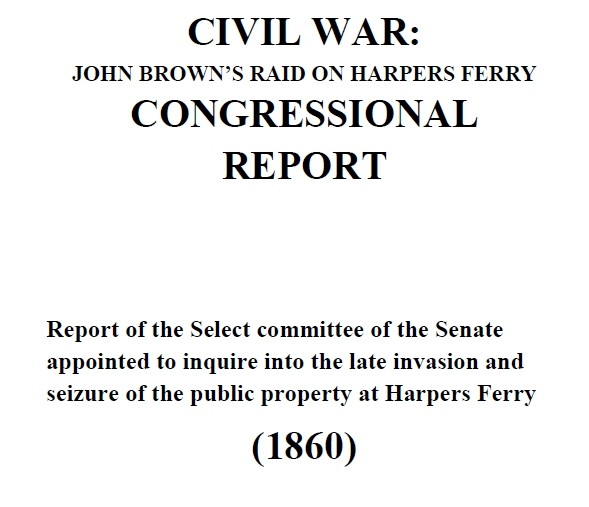
Civil War: Harper’s Ferry – John Brown Raid Congressional Report
$19.50
Description
John Brown’s Raid on Harpers Ferry: A Timeline and Key Figures
Timeline of Events: John Brown’s Raid on Harpers Ferry (October 1859)
- October 16, 1859 (Night): John Brown and 21 armed followers enter the town of Harpers Ferry, Virginia under the cover of night while most residents are asleep.
- October 16, 1859 (During the Raid): Brown’s men seize the United States arsenal and its rifle works in Harpers Ferry. They also take approximately 60 prominent local citizens hostage.
- October 16-17, 1859: Brown and his followers hope their actions will spark a rebellion of enslaved people and that they can lead an “army of emancipation” to overturn slavery by force.
- October 17, 1859 (Evening): By the evening following their arrival, John Brown and his remaining conspirators are cornered and holed-up in an engine house.
- October 18, 1859: United States troops under the command of Colonel Robert E. Lee storm the engine house. John Brown is captured.
- Post-Raid (Late October/November 1859): John Brown is quickly tried and convicted in Virginia of murder, slave insurrection, and treason against the state.
- December 2, 1859: John Brown is executed by hanging for his actions at Harpers Ferry.
- Post-Raid (1859-1860): The raid on Harpers Ferry and John Brown’s actions deeply alarm and outrage many in the Southern states. It is viewed as evidence of a widespread Northern abolitionist conspiracy to incite violence and destroy their way of life. The event significantly exacerbates the existing sectional crisis between the North and South, bringing the nation closer to the Civil War.
Cast of Characters:
- John Brown: The leader of the raid on Harpers Ferry. An abolitionist who believed in the use of force to end slavery. He and 21 armed followers, including free blacks, a freed slave, and a fugitive slave, initiated the raid hoping to spark a large-scale slave rebellion. He was captured, tried, convicted of murder, slave insurrection, and treason, and ultimately executed.
- Robert E. Lee: A Colonel in the United States Army at the time of the raid. He led the federal troops that were sent to Harpers Ferry to quell the insurrection and was responsible for storming the engine house and capturing John Brown and his remaining followers.
- John Brown’s Followers: A group of 21 men who joined John Brown in the raid on Harpers Ferry. This group included three free black men, one freed slave, and one fugitive slave, highlighting the diverse motivations and backgrounds of those willing to take up arms against slavery. (The source does not provide individual names for these followers.)
- Local Residents of Harpers Ferry: Approximately 60 “prominent locals” were taken hostage by John Brown and his men during the initial phase of the raid. (The source does not provide individual names for these hostages.)
Civil War: Harper’s Ferry – John Brown Raid Congressional Report
Report of the Select committee of the Senate appointed to inquire into the late invasion and seizure of the public property at Harper’s Ferry
(1860)
On the night of October 16, 1859, John Brown and 21 armed followers entered the town of Harpers Ferry, Virginia (now part of West Virginia), as most of its residents slept. They took 60 prominent locals hostage and seized the town’s United States arsenal and its rifle works. The men, among them three free blacks, one freed slave, and one fugitive slave, hoped to spark a rebellion of freed slaves and to lead an “army of emancipation.” They wanted to overturn the institution of slavery by force.
By the next evening, the conspirators were holed-up in an engine house. The next day Colonel Robert E. Lee’s troops stormed the building and Brown was caught. For his actions, he was quickly tried and convicted of murder, slave insurrection, and treason against the state and sentenced to death by hanging.
The fears inspired by the raid on Harpers Ferry exceeded and outlasted its actual threat. For thousands of southerners, it was evidence of a vast conspiracy of northern abolitionists whose object was to incite violence and destroy the southern way of life. John Brown’s raid exacerbated a deepening sectional crisis between north and south and brought the nation one step closer to civil war. John Brown was hanged on December 2, 1859.
Related products
-
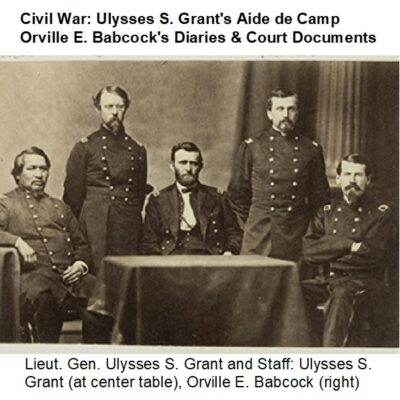
Civil War Ulysses S. Grant’s Aide de Camp Orville E. Babcock’s Diaries & Court Documents
$3.94 Add to Cart -
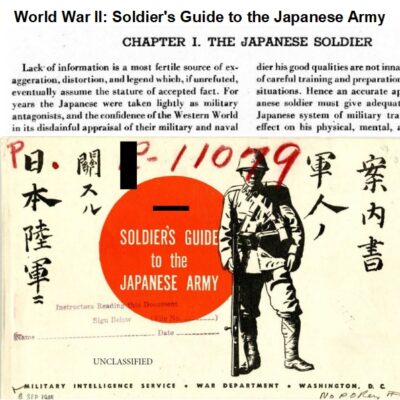

World War II: A Soldier’s Handbook on the Japanese Army
$3.94 Add to Cart -
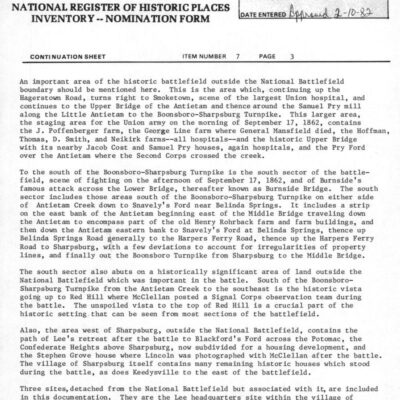
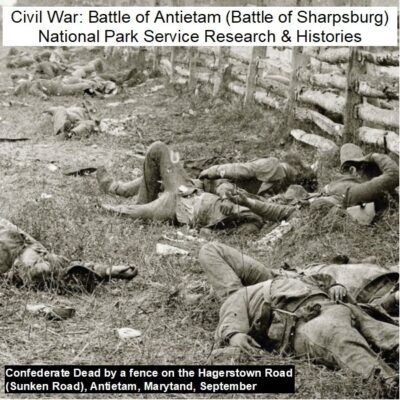
Civil War: Battle of Antietam (Sharpsburg) – National Park Service Archives
$9.99 Add to Cart -
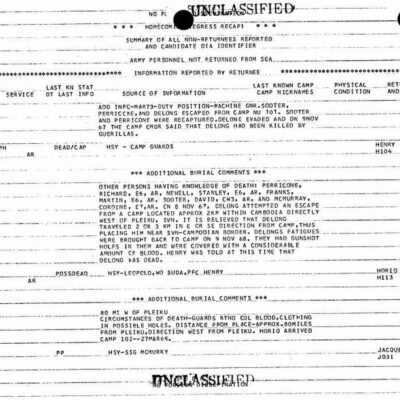
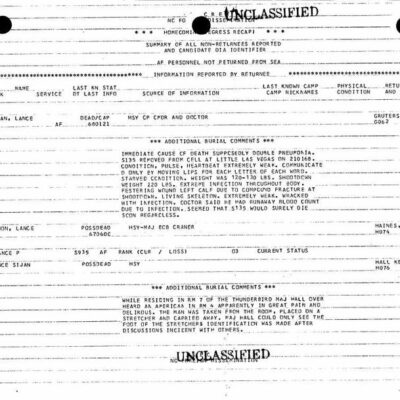
Vietnam War: POW/MIA Summary of All Reported Non-Returnees
$19.50 Add to Cart